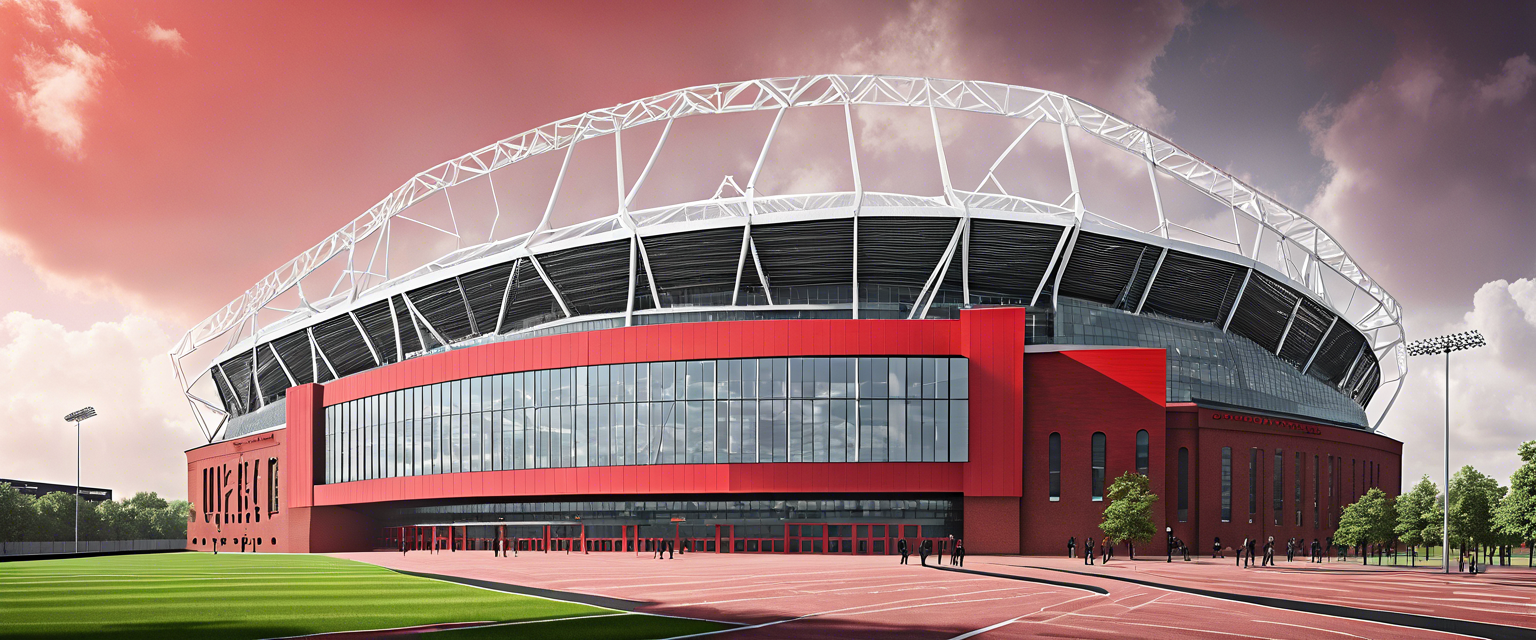Understanding the Evolution of Stadium Design
It's been less than 20 years since the Emirates Stadium and Wembley Stadium set the gold standard for stadium design in the UK and beyond. While both venues still offer fantastic experiences for sports and entertainment, the innovations in stadium design since then are remarkable. With the opening of the Tottenham Hotspur Stadium in 2019 and other groundbreaking facilities around the world, we must ask: are brand-new stadiums truly the future of sports venues?
Manchester United's Potential Move Towards a New Stadium
The Old Trafford Regeneration Task Force has suggested that a new 100,000-capacity stadium for Manchester United may be more beneficial than redeveloping the iconic Old Trafford. This new stadium would be built on club-owned land adjacent to the existing ground and would aim to revitalize the local community.
The Future of Football Stadiums: A Glimpse into Upcoming Trends
In the Sky Sports series "Future of Football," architects and clubs share insights into what stadium innovations are on the horizon. A key trend is the renovation and refurbishment of existing facilities, as seen in Barcelona's Espai Barca project, which is modernizing the Camp Nou and surrounding areas.
Examining the Renovation Models
As Jim Heverin of Zaha Hadid Architects points out, clubs like Barcelona and Real Madrid are choosing to renovate their storied venues rather than build anew. This trend is anticipated to take root in the UK, allowing teams to retain their historic grounds while upgrading to meet modern sustainability standards.
Multi-Functional Stadiums: A New Priority
Stadiums are increasingly designed to serve multiple functions, hosting not just a variety of sports but also concerts, community events, and more. For instance, the Tottenham Hotspur Stadium is adeptly designed for everything from football to NFL games, creating a sustainable venue that can be actively utilized throughout the year.
Community-Centric Designs
Modern stadium designs also prioritize community involvement. The days of pushing stadiums to the outskirts are fading as these venues are revamped as core community hubs. Fulham's new Riverside Stand at Craven Cottage will not only increase capacity but will also provide local amenities such as restaurants and hotels, contributing to local development.
Sustainability in Stadium Development
Sustainability is a pressing concern in stadium construction. Projects like Forest Green Rovers' Eco Park Stadium aim to be the world's greenest venue, using sustainable materials and practices to mitigate environmental impact. Clubs are gradually switching to sustainable options, reflecting a global trend in eco-conscious architecture.
The Rise of Technology in Stadiums
As the sports industry becomes increasingly digital, the integration of augmented and virtual reality into the matchday experience is likely to change stadium design forever. Enhanced audience interactions—whether in person or through virtual reality—will redefine how fans experience games, allowing clubs to connect with a global audience.
What's Next in Stadium Innovations?
Venturing forward, the digital transformation of stadiums is a priority. With the potential for hybrid audiences engaging in real-time experiences, the design of new stadiums must include capabilities for these digital interactions.
Conclusion
The future of stadium design is about more than just buildings; it’s about fostering community dialogue, promoting sustainability, and integrating technology into the sports experience. As football clubs continue to evolve their venues, they are paving the way for a more innovative, inclusive, and sustainable future.



Leave a comment
All comments are moderated before being published.
यह साइट hCaptcha से सुरक्षित है और hCaptcha से जुड़ी गोपनीयता नीति और सेवा की शर्तें लागू होती हैं.